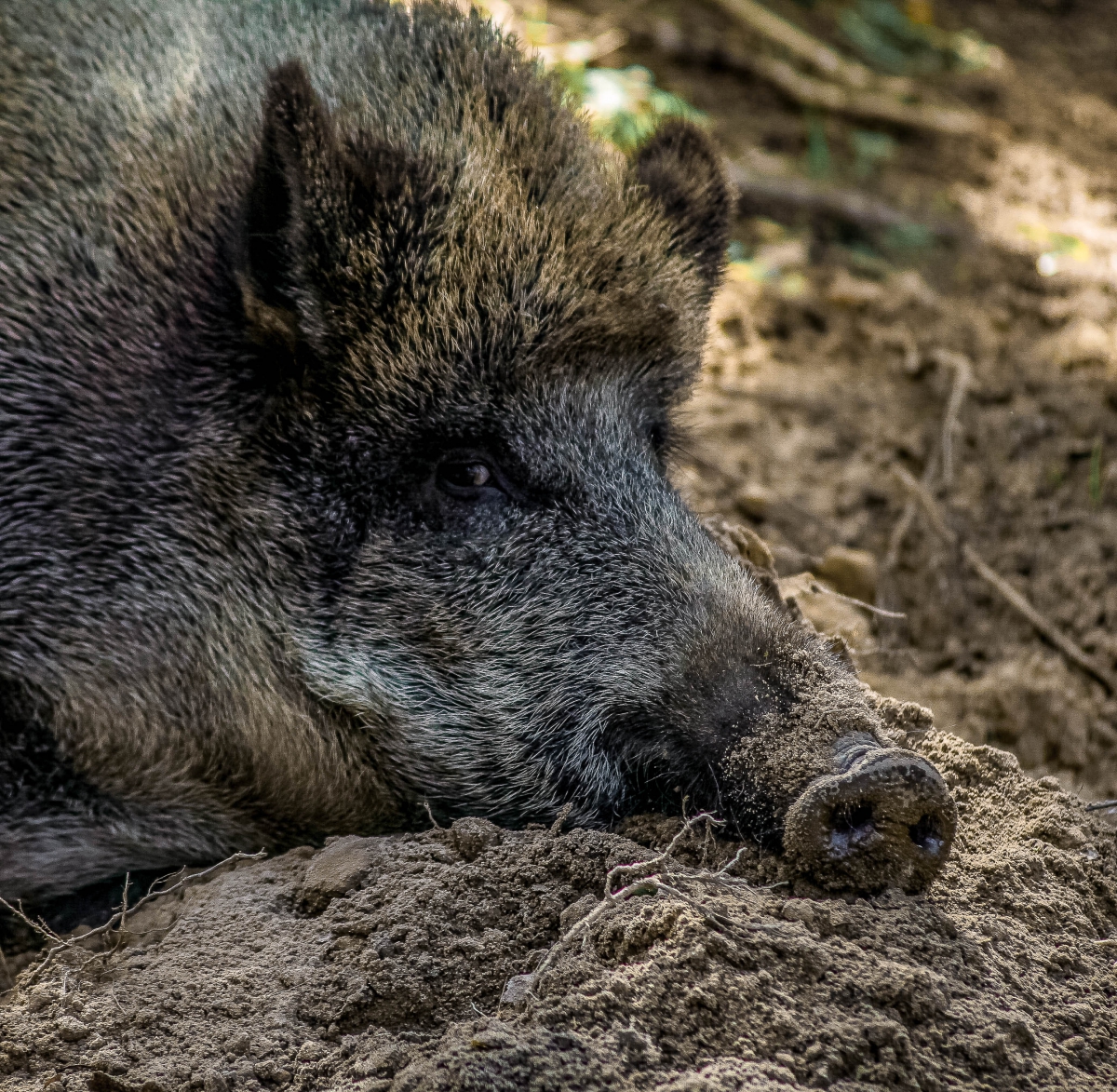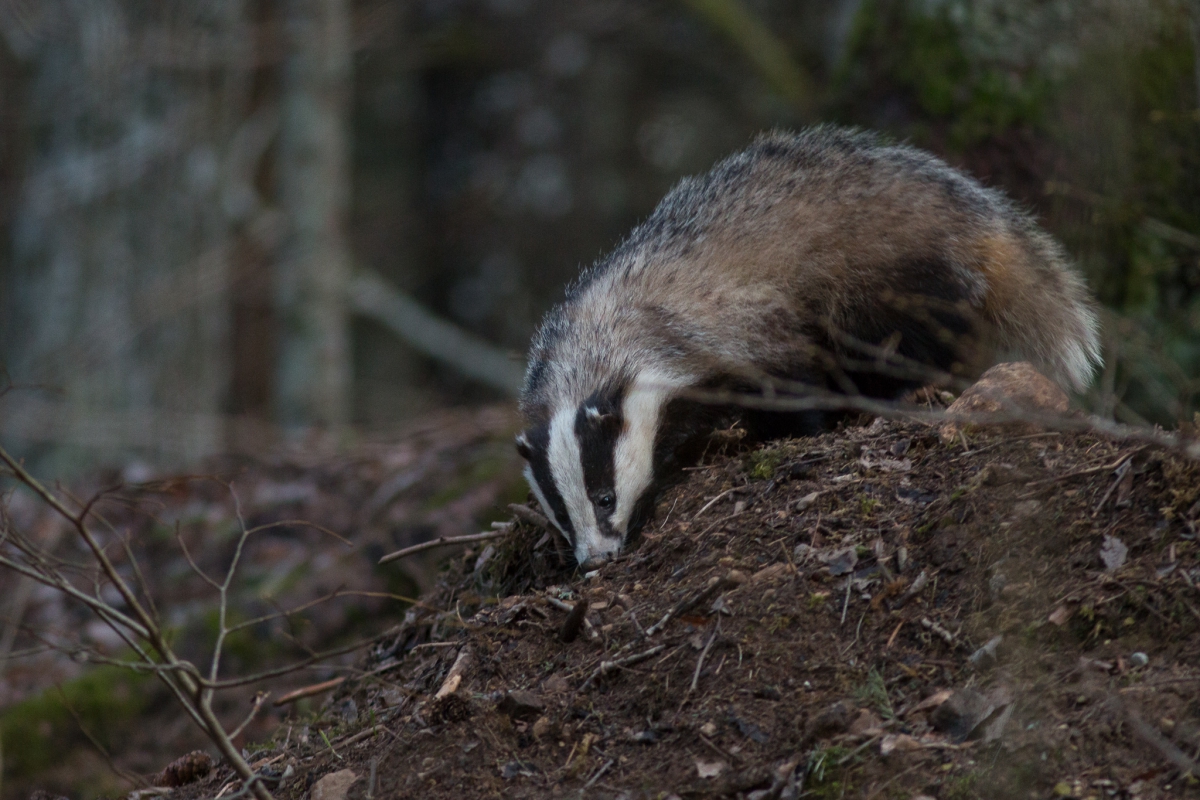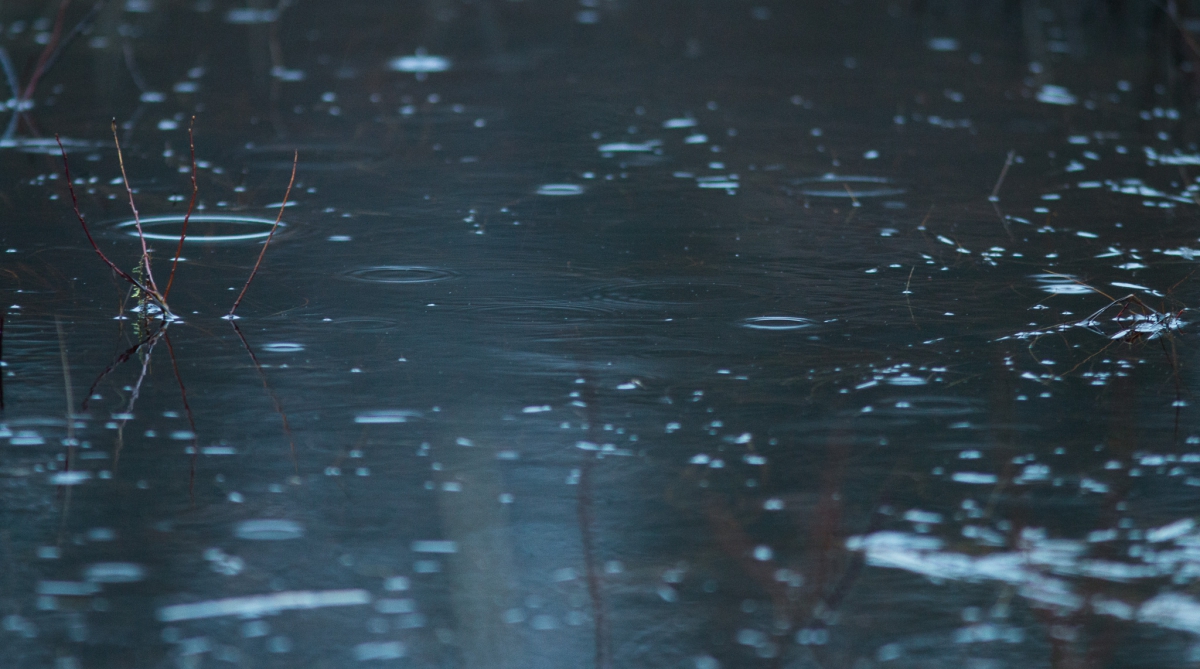How long is a badger's sleep?
Posted by the team of the Animal of the Year 23.12.2016
Posted by the team of the Animal of the Year 23.12.2016
Many linguists are of the opinion that the Estonian word jõul (roughly Yule) is borrowed from the ancient Scandinavian language around a thousand years ago. But there are those who think that we have to do with our own indigenous word.
From time to time. Christmas starts at the winter solstice and ends a few days after the new year. “Ajastaeg” is an old Estonian concept meaning year round. It expresses recognition of the world and awareness of the cycle of time and life and more broadly the oneness of world and being.

The third year in the shadow of the African Swine Fever is ending and we ask Tõnis Korts, the executive director of the Estonian Hunters’ Society if there are boars in the forest and if there is some relief in the worries of hunters compared to last year. The main weight of pest control has after all fallen on the hunters.
Estonian Fund for Nature informs www.elfond.ee
Photo Arne Ader
Translation Liis
Spruce forest, Elva River ancient valley
Estonian article published 09.12.2016
The environmental organisations and the researchers from the University of Tartu and the Estonian University of Life Sciences who met in Tartu on December 8 considered the current status of forest management and tried to find solutions that would improve the protection of Estonian forests. A joint statement underlined that Estonia must not pursue a forest policy that uses the wood resources at the expense of the future, is hostile to the climate and not transparent to the public. A proposal will be made to the Ministry of the Environment to take in account also the ecological and social values of forests besides the economic interests, and to involve the respective interest groups in this on an equal footing in creating a policy.
The badger is in its winter sleep, but what about the bears?
November started with snowfalls and minus degrees. Nature quickly took on a wintery aspect. At the same time the ground was unfrozen and under the snow there was even water in shallow spots.
Posted by the Animal of the Year team 12.12.2016

This year the first badger monitoring in Estonia took place. It was an important enterprise with regard to the animal of the year. In the beginning of the year we did not know the status of the badger population. It could be guessed that badgers were not too badly off since they are observed here and there all the time, but nothing more precise than a conjecture could be stated until now. Since there is no great hunting interest in badgers data collected by hunters are not available either.

On the threshold of early winter let us glance at the autumn this year. The peculiarity of the 2016 autumn was the early snow. Already on October 25 the first snowmen appeared in Estonia. True, their life was not long..
The wolves are back at the Salumetsa sett. We see one in front of the camera, the pair of eyes of the second one gleam for a moment from the shadow of the forest.
Posted by the Animal of the Year team 06.12.2016
Science news from the Year of the Great Tit are edited by Marko Mägi, researcher at the University of Tartu bird ecology department
Photo Uku Paal
Estonian text published 27.09.2016
A part of birds fly for winter to remote southern countries while others don’t take the trouble to go on a long journey and when winter arrives remain in place or stray to a smaller extent towards south or north. Such migrating birds which also include the tits that breed here are called roving migrants and they are seen in the literal sense of the word roving around, searching for the best wintering places. True, there are tits that go towards southern areas but in that case too not very far. The reason may be that compared to long-distance migrants the length of the wings of tits, considering body size, became relatively short during evolution since short distances can be travelled also with short wings.
Video recorded by Fleur, LK forum
Translation Liis
Red deer Punahirv Cervus elaphus
Red deer gather in bachelor flocks for the winter – the mating period ended about a month ago, the aggressivity of the stags has calmed down and even the neck muscles are not as thick and ready for fight as before.
Winter is spent peacefully but the hierarchy ladder is recognized throughout the year, see the video.
Video recorded by Aita, LK forum
Translation Liis
Brown trout Jõeforell or hõrnas Salmo trutta trutta morpha fario
Usually it is sufficient for a spawning milt fish, i e a male, to look his competitor squarely in the eye or to push it with his nose, and the smaller curious explorer disappears quickly (this we often see at the spawning ground). In the video the obstreperous individual is punished by a painful tug at the fin.
Definitely an interesting exhibition, and hopefully winter apples can be tasted too.
November 30 to December 11, open every day 10-17
Videos recorded by Aita, LK forum
Translation Liis
Otter Harilik saarmas Lutra lutra
The otter belongs to the indigenous Estonian species and is a mammal protected by law. We have to do with an extremely mobile animal whom scientists have difficulties in monitoring.
With a good hearing and sense of smell it distinguishes moving objects in water as well as on land easily. In contrast an unmoving observer at the river bank may not be noticed.
Copyright 2025 · Looduskalender
Designed by Zymphonies
We also use analytics & advertising services. To opt-out click for more information.